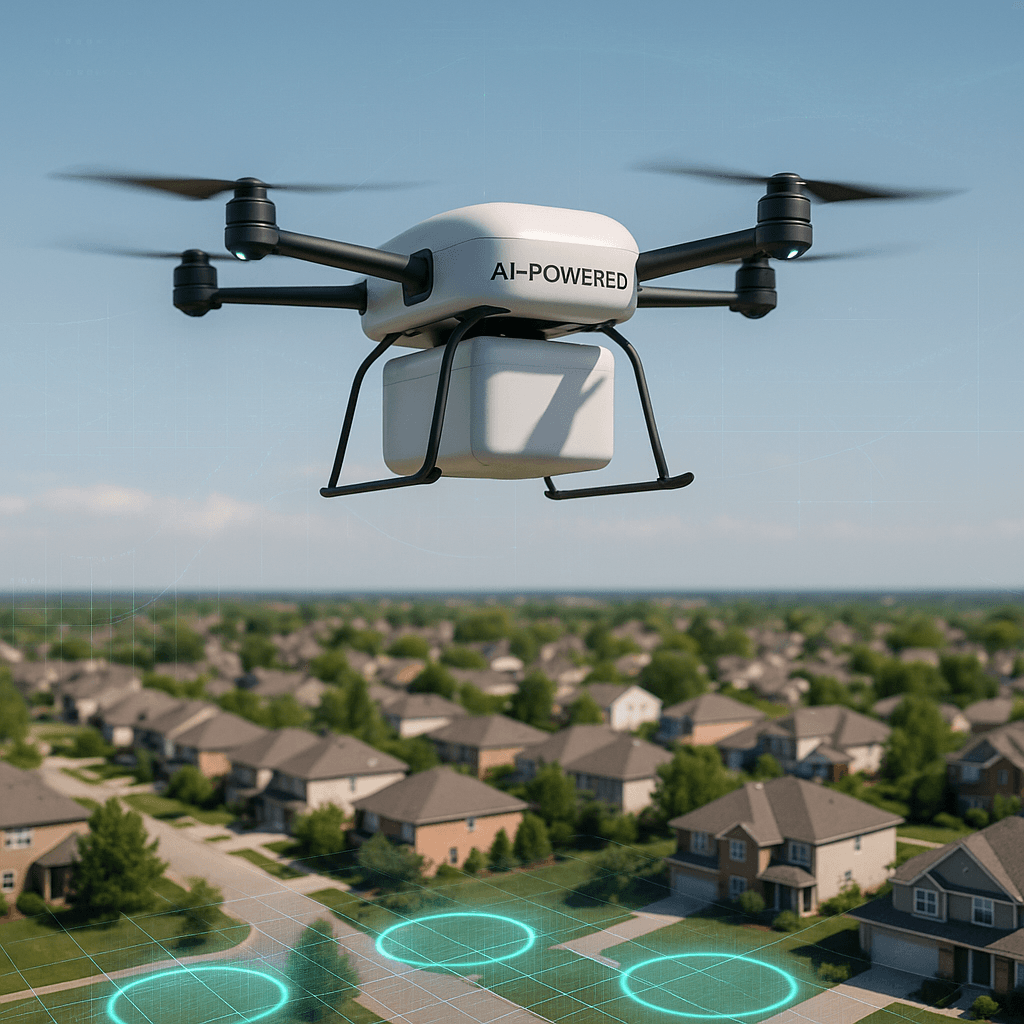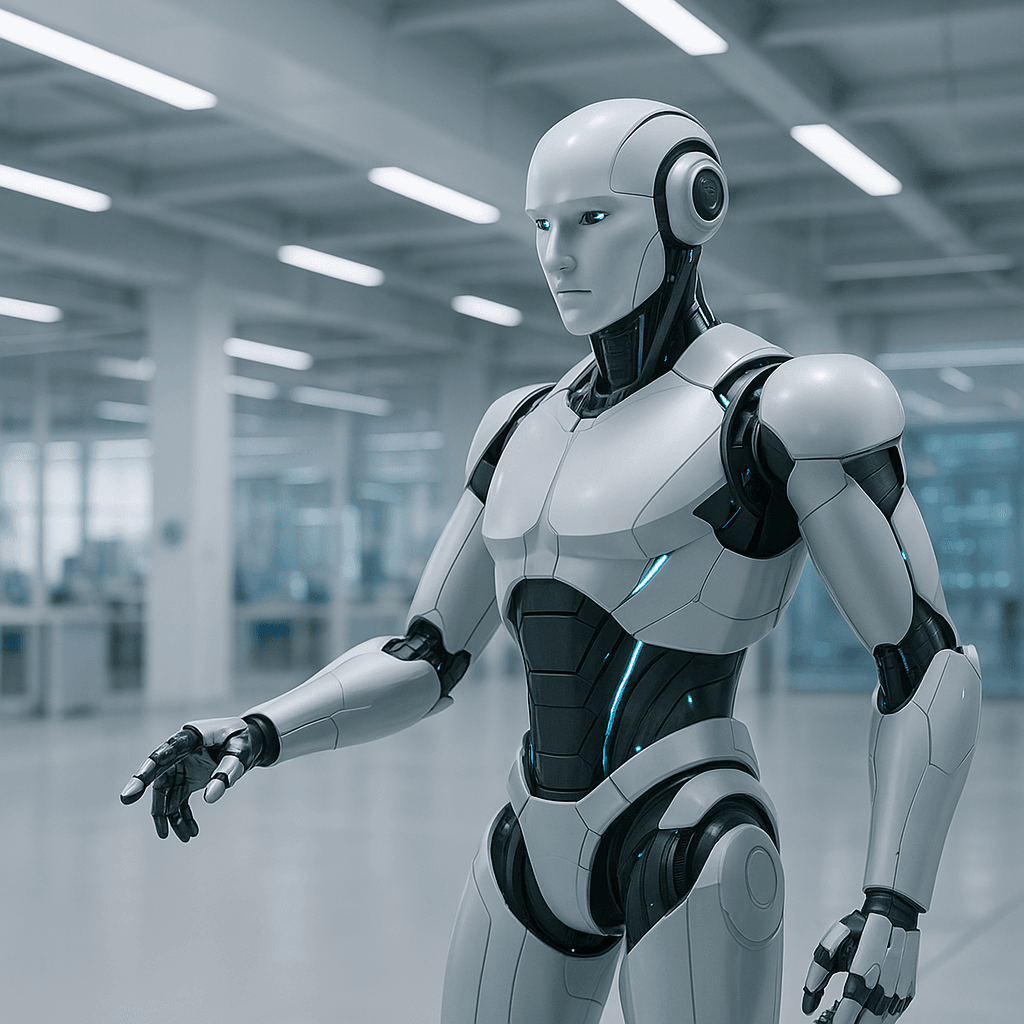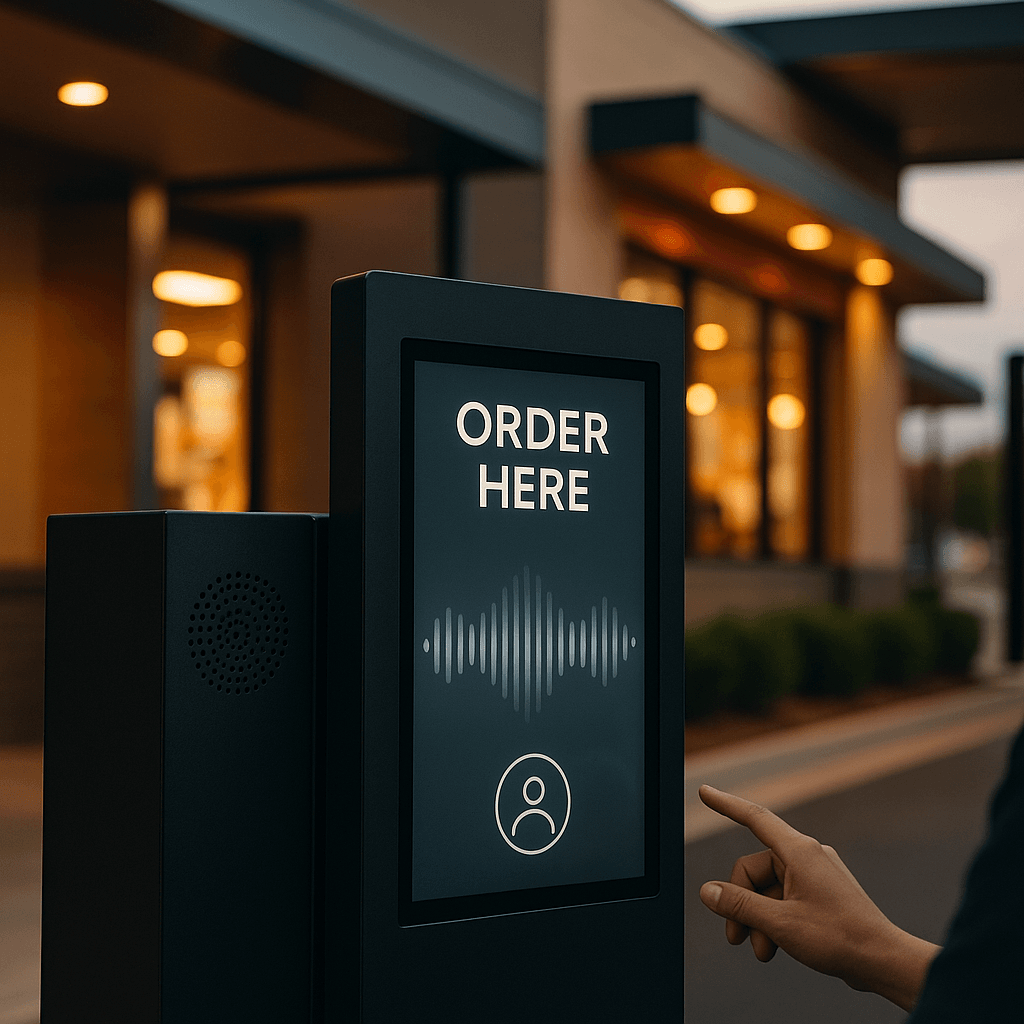Amazon just detailed how its Prime Air drones make split-second decisions when deliveries go wrong. The company's new Safe Contingent Landing system uses AI-powered perception to scan for people, pets, and obstacles in real-time, automatically selecting safe landing spots when weather or technical issues force emergency landings. This marks a major leap in autonomous drone safety as Amazon expands deliveries nationwide.
Amazon is rewriting the rules of drone safety with technology that makes life-or-death decisions in milliseconds. The company just revealed how its Prime Air drones handle the unexpected – from sudden storms to system failures – through an AI-powered system that could set the standard for autonomous aircraft everywhere.
The breakthrough centers on what Amazon calls Safe Contingent Landing, a sophisticated procedure that lets drones abort their missions and land safely when conditions change. Unlike simple emergency protocols, this system actively thinks through landing options in real-time, scanning the ground below for the safest possible touchdown.
"Safety informs every design decision at Prime Air," according to Amazon's engineering team. The system triggers when drones encounter unexpected weather like high winds, technical issues such as cell tower outages, or the rare occurrence of multiple system failures happening simultaneously.
What makes this remarkable is the drone's independence. While Amazon's operations team monitors every flight, the landing decision itself comes from the aircraft's onboard AI. The drone smoothly transitions from forward flight to vertical hover mode, then deploys what Amazon calls its "Perception system" – a combination of cameras and radar that scans the area below in real-time.
The AI doesn't just follow pre-loaded maps. It adapts to what it actually sees on the ground at that moment, searching for people, animals, buildings, vehicles, and terrain that could affect landing stability. If the original delivery spot is blocked by a parked car or new obstacle, the system immediately looks for nearby alternatives.
This real-world adaptability puts Amazon ahead of competitors still relying on predetermined landing zones. Google's Wing drones, while successful in limited markets, haven't demonstrated this level of autonomous decision-making under stress. The technology also leapfrogs traditional aviation safety, where pilots make emergency landing decisions with far less computational power.
Amazon's testing regime sounds like something from a military simulation. Engineers deliberately disable motors and sensors mid-flight to see how drones maintain control. They test obstacle avoidance in fog, dust, and other challenging conditions to prove the system can adapt safely to the unexpected.












